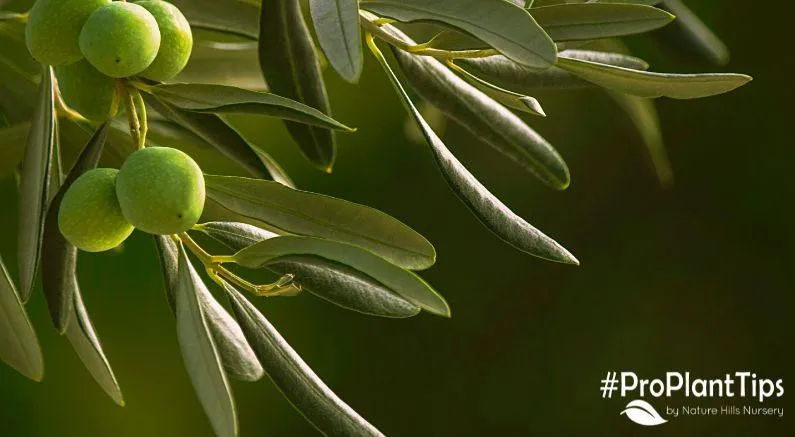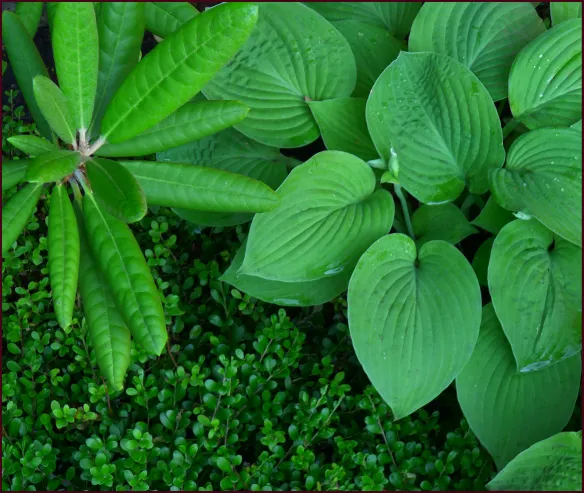A Guide to Plants With Soft Velvety Leaves
If you’re looking for plants with soft, velvety leaves to add lovely tactile textures to your home or garden, you’ve come to the right place. Plants with velvety foliage can be a real treat for the senses. From my experience as an avid gardener, the velvety texture of some leaves is truly remarkable. In this article, I’ll cover several top options for plants with soft velvet leaves, what care they need, and how to make the most of their unique feel.
Coleus
- Coleus (Plectranthus scutellarioides) is one of the easiest and most versatile plants to grow for its velvety leaves. Available in a stunning array of colors from deep burgundy to creamy yellow, the leaves of coleus feel like velvet under your fingers.
- Coleus grows well in partial shade and prefers consistently moist soil. It may need a bit of pruning here and there to maintain its bushy shape. Come fall, many gardeners treat coleus as an annual and replace it.
- Position coleus where you can brush its leaves as you pass by to experience soothing tactile pleasure. Its leaves look amazing in floral arrangements too.
Velvet Plant
- Also called velvet apple or Hawaiian snowbush, the velvet plant (Gynura aurantiaca) lives up to its name with leaves that resemble deep green velvet. I grow this tropical perennial indoors for its striking foliage.
- Give the velvet plant fertile, well-draining soil and keep it in bright, indirect light. Mist the leaves regularly to maintain their plush texture. Watch for signs of pests and treat promptly to safeguard plant health.
- Use your fingertips to gently explore the leaves’ velvety surface whenever stress levels rise. The velvet plant’s alluring texture is very soothing from my experience.
Peperomia
- If you want naturally soft-leaved houseplants, look no further than peperomias. These compact beauties come in a range ranging from pebble-sized to medium-sized shrubs with rippling leaves in shades of green, red, and cream.
- Peperomias thrive in moderate light and humidity. Water only when the topsoil becomes dry. I propagate new plants from stem cuttings to expand my collection of peperomia varieties.
- Encourage kids to observe peperomias’ unusual leaf textures up close for multisensory learning. Their downy surfaces resemble tiny piles of velvet shavings under magnification.
As you can see from the options above, plants with velvety leaves run the gamut from perennials to houseplants. Their luscious textures alone make them worthwhile additions in my opinion. But their velvet foliage also confers other advantages worth considering. For one thing, the pile of tiny hairs on velvety leaves helps reduce water loss, so these plants stay hydrated for longer. This comes in handy on hot, dry days.
While enjoying the soft sensation on your skin, you are also caressing a natural, chemical-free way to relieve stress. Some studies have found that touching plants can lower anxiety and boost mood. So velvet-leaved varieties may offer double the feel-good benefits! At the same time, their rich colors contribute visual appeal. Win-win, right? Basically, plants with velvety leaves are kind of like natural mood balms.

Then comes gardening perks. Like regular fuzzy leaves, soft velvet leaves can deter some pests by making the plant an unappealing host. This means less time spent spraying chemicals in an effort to control bugs. On the flip side, powdery mildew and other fungal diseases tend to affect velvety plants less than others. So definitely consider low-maintenance appeal when choosing velvet-leaved varieties for your space.
From a more artistic angle, these unique textures photograph exceptionally well under a macro lens. I’ve taken stunning close-up shots of coleus and peperomia leaves that look like abstract paintings. So you may find inspiration from velvet plants for crafty projects too. You could print leaf rubbings on art paper or press samples between waxed paper for preservation. Fun discoveries await around every textured leaf!
Sort of randomly, working with plants also taps into our innate need as humans to nurture living things. Perhaps this harks back to when our ancestors relied on relationship with the natural world. By caring for plants with soft leaves, we feed something greater than surface sensory pleasure. While we appreciate sensory rewards in the present, ecology teaches interdependence across space and time. Anyway, enough philosophizing – let’s get to picking perfect velvet-leaved plants for your space!

In summary, plants bearing velvety foliage have a lot going for them. Their alluring textures stimulate the sense of touch for relaxation. Low-maintenance care suits busy modern lives well. Vivid colors and macro leaf structures inspire creativity. Best of all, these unique leaf traits make for hardy garden companions adapted to harsh outdoor environments. So whether indoors or out, you really can’t go wrong by adding one or two velvet-leaved beauties to your collection. With options ranging from perennials to houseplants, there’s a soft-leafed plant for any space.
So in conclusion, if you want to embrace the natural comfort of plants and experience some amazing leaf textures along the way, consider trying coleus, velvet plant, peperomias or another velvety-leaved variety. Their benefits extend far beyond appearance. By soaking in the joy of plants with luscious leaves, we nurture well-being on multiple levels. What more could you ask for, eh? Thanks for reading – I hope this guide has covered the basics to get you growing amazing soft-textured plants of your own!
Plants With Soft Velvety Leaves
| Plant | Size/Care | Leaf Texture | Notes |
|---|---|---|---|
| Peperomia | Small houseplants, low light/water | Velvety, fuzzy feel | Variety of colors |
| Polka Dot Plant | Moderate size, light water | Velvet dots on leaves | Variable color patterns |
| Coleus | Average size, low light/water | Velvety on some varieties | Bright foliage colors |
| English Ivy | Vining trailer, low light/water | Soft fuzzy texture | Tolerates low conditions |
| Heartleaf Philodendron | Vining climber, low care | Velvety underside | Hardy indoor plant |
FAQ
-
What kinds of plants have velvety leaves?
Plants with soft fuzzy or downy leaves include coleus, African violets, and geraniums. Their leaves feel pretty smooth and silky.

-
Why do some plants evolve to have velvety leaves?
Scientists think the velvet surface helps plants survive. It might protect them from losing too much water in hot dry locations. The texture also discourages little critters from munching on the leaves. So basically, velvety leaves are an advantage for certain plants.
-
How do you care for plants with soft leaves?
Gentle handling is key since rough touches can damage the delicate leaves. When watering, be careful not to soak the foliage. You also want to position plants in filtered light to prevent sunburn. Pretty intriguing how a small surface feature like leaf texture makes for different care needs.
-
Are there any myths about these kinds of plants?
Last year, Aunt Martha swore she saw her coleus waving at her. However, plants being sentient is extremely unlikely. It’s more probable she simply imagined some leaves swaying in a breeze. Yeah, sometimes fanciful tales get spread about. Best to stick to facts from botanists instead of plant personification stories!

-
What other plant traitspair with velvety leaves?
Many velvet-leaf varieties have colorfully patterned or variegated foliage too. Their vivid hues really stand out against the soft textures. Fragrant blooms occasionally result from this leaf dynamic as well. On the other hand, some varieties focus on foliage alone without showy flowers. So in summary, a range of ornamental features regularlyteam up with velvety surfaces.
-
Is it hard to find varieties with velvety leaves?
Not really. Lots of nurseries and garden centers carry coleus, African violets, and other popular soft-leaf types. You can also locate lesser known sorts online or by browsing botanical catalogs. Heck, a quick web search for “plants with velvet leaves” pops up pages of options. So with a small amount of searching, building a collection should be pretty doable.
In conclusion, plants with velvety foliage come in a wide array. Their smooth silky leaves offer intriguing sensory appeal plus benefits for adaptability and pest resistance. With suitable care, collections of these unique textures can thrive indoors or out. So go ahead and get your hands on some – you might come away feeling rather amazed!
